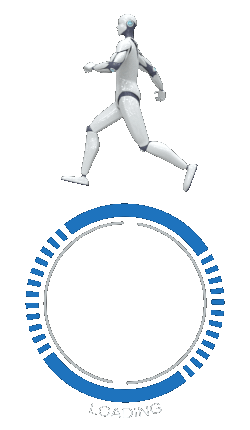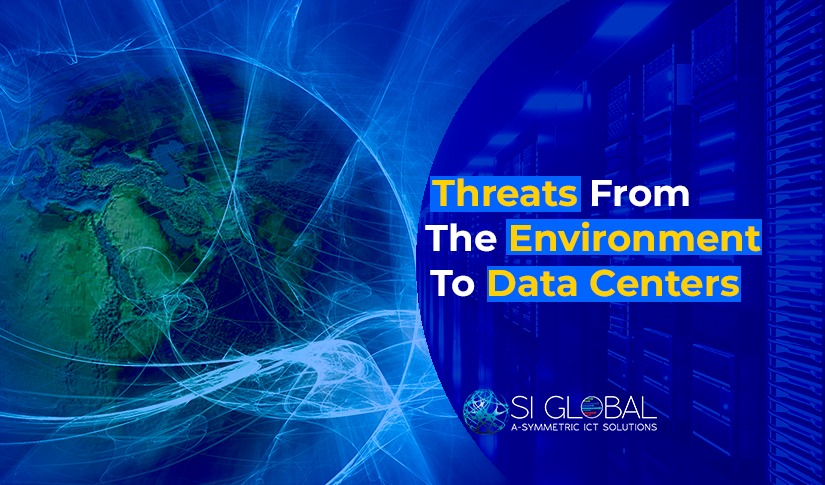With global rising on the rise, the environment has started to shift drastically. Fires have increased, and unexpected rains and changes in temperatures have been a common occurrence.
Environmental threats are a common cause of equipment failures and data center downtime. For example, in August 2016, the airline known as Delta experienced electrical problems and fires in its data centers, causing nationwide flight cancellations and significant revenue declines. When assessing data center operations, consider environmental risks and their potential impact on availability. We’ve compiled a list of environmental threats that you may face throughout the lifecycle of your data center.
General Environmental Threats
We, as a company that has been providing data center solutions in Dubai and the GCC; have compiled a list of general environment threats that you may face.
Fire
Fires account for approximately 6% of data center downtime and can be due to high power loads, pollution short circuits, or component defects. Smoke, ash, water, and chemical by-products can cause serious equipment problems, even if the fire is quickly contained. Contaminants
Contaminants
Data center pollution can come from a variety of sources, both inside and outside the data center. Internal contaminants include lint from clothing, skin particles, hair, fibers, packaging materials, gases, electrostatic dust, metal threads, paper and toner dust, fan belt wear on ventilators, cleaning agents and more. External pollutants include pollution, pollen, and the sea. The temperature of salt, construction dust, exhaust gas, etc.
Temperature
Temperature is an important factor in maintaining proper environmental conditions in the data center, especially with respect to energy consumption and cost. As the temperature rises, the fan consumes more power and requires more airflow. Economizers like Vertiv’s DSE free cooling system can increase efficiency and extend the allowable temperature range of the data center. Humidity and humidity
Humidity
Humidity is a major concern for data center managers. High humidity can cause moisture to adhere to computer equipment, leading to corrosion and component failure. Low humidity can cause electrostatic discharge (ESD) and damage or destroy sensitive electronic devices.
How Do Environmental Hazards Affect IT Equipment?
Environmental hazards affect technology in a variety of ways, from poor performance to intermittent or complete component failures.
Physical Interference: Particles can remove material from the surface of the component by grinding or embedding. Corrosive failure: Particles can absorb water and gaseous contaminants and can disrupt the mechanism or cause damage by forming saline.
UPS Battery Failure: Approximately 37% of UPS failures are battery related. The UPS will continue to operate at different temperatures, but higher temperatures can reduce performance and battery life. Electrical shorts: Electrical shorts can cause intermittent failure as well as component damage.
Thermal failure: Clogged filter device (eg, clogged server components with dust can lead to fan failure or overheating.
Data Corruption: Moving parts of the hard drive deteriorate over time If they fail, data can be corrupted or lost. Inefficiency: In addition to downtime, environmental issues can affect the efficiency of the data center, for example. Dirty filters reduce the efficiency of airflow and cooling systems.
Strategies To Go Green
With the ever-changing environment, it is important now more than ever to rely on strategies that benefit the environment and focus on efficiency
Conversations with many customers focus on ways to increase the efficiency of the data center. The focus of energy-efficient data centers is not only on energy savings, but also on goals such as waste reduction, reliability improvement, and cost savings. Compiled by some of the top data center consultants, here are some strategies to improve the efficiency of your data center
Real-Time Insight
Data center infrastructure management or DCIM is most often seen as a process rather than a specific tool or goal. For a successful data center, you need to be able to monitor, manage, and measure your assets with an integrated real-time solution.
It is important to provide a forum for facility managers and IT staff to work together. In addition, DCIM software allows administrators to monitor power sensors and support hardware and analyze power efficiency (PUE) and cooling system efficiency. DCIM software helps keep your data center running at its best performance. The DCIM also helps take virtualization to the next level. This allows you to “virtualize” power, cooling, and storage, optimize utilization, and significantly improve the energy efficiency of your data center.
Economizer Reduces Data Center Cooling Costs
In addition to developing processes and using monitoring tools to improve efficiency, choosing the right technology is an important aspect of overall data center efficiency. Cooling accounts for almost 40% of data center energy consumption, with a focus on energy and cost savings. Currently available thermal management devices realize significant savings by using economizers to reduce data center cooling costs. The economizer system uses either outside air, water, or pumped refrigerant to reduce or eliminate mechanical cooling used in the data center. These economizer systems offer significant energy savings of up to 50% compared to the legacy systems currently in use. The direct economizer draws outside air into the data center and the indirect economizer transfers heat outside the building.
3 Types Of Indirect Economizers
- Pumped refrigerant system
- Air to air heat exchanger
- Dry cooler for cold water system
A free Cooling System is a direct expansion (DX) system that uses an integrated pumped refrigerant economizer to maximize annual energy savings and provide superior availability without the need for separate saving coils. If the outside air temperature is low enough, an integrated refrigerant pump is used instead of the compressor to circulate the refrigerant to maintain the desired supply air temperature. Refrigerant pumps use some of the energy used by the compressor, which saves energy.
Due to its ease of installation, the total cost of ownership (TCO) of pumped refrigerant systems is significantly reduced.
Data Center Design
Environmentally friendly data center designs meet IT goals for speed, availability, and efficiency. As technology approaches the edge, the pace of change often requires flexibility in data center implementation, whether in containers, modular approaches, or regional micro data centers.
Modular data centers consist of pre-designed building blocks that can be deployed in a fraction of the time it takes to build a fixed facility. These include all the IT, power, cooling, fire protection, and access control elements you need.
Branches whether in offices, containers, or closets, small IT rooms often require high availability for critical applications, efficient operations, and rapid implementation. An attractive option for small modular data centers is an integrated approach that packs all the components you need together.
Conclusion
If you need the help of our data center experts contact us at info@sigbl.com. If you follow the steps in this article, you’re sure to see guaranteed improvements in efficiency as well as some of the environmental threats that may bother you.
Also Read: How To Keep Your Data Center Running In The Summer Heat


